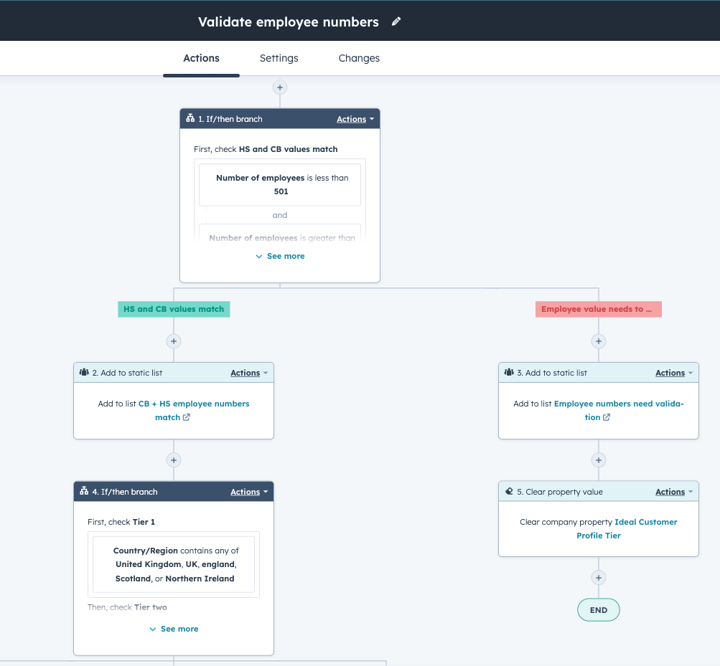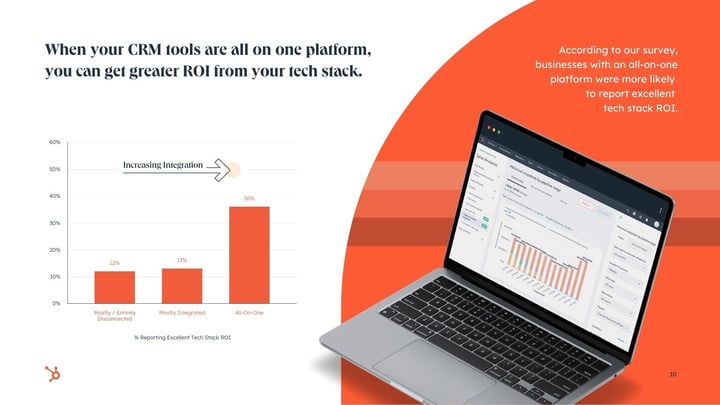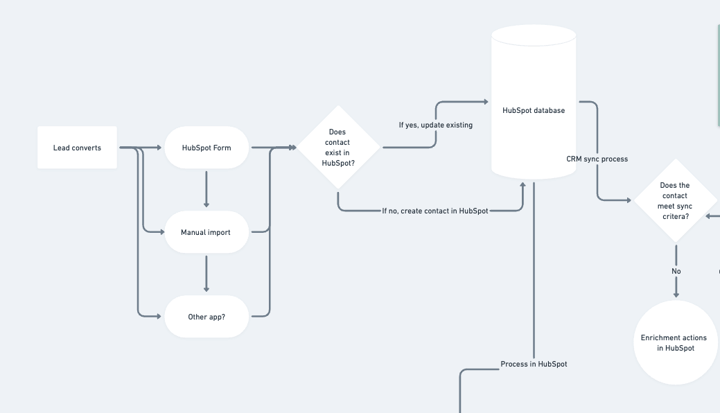Demand Capture vs. Demand Generation for B2B SaaS
In the competitive landscape of B2B SaaS, understanding the nuances of demand capture and demand generation is crucial for sustainable growth. While the terms are often used interchangeably, they refer to distinct strategies that play different roles in your overall marketing efforts. In this blog post, we will shed light on the confusion surrounding these concepts, explore their overlap and differences, and provide insights on how to effectively track your efforts using HubSpot.
Demand Capture: Seizing Existing Opportunities
Demand capture is a pivotal strategy that involves identifying and converting existing demand for your product or service. By implementing tactics such as search engine optimization (SEO), pay-per-click (PPC) advertising, and retargeting, you can effectively capture the attention of potential customers who are already in the market for a solution like yours.
Search engine optimization (SEO) plays a crucial role in demand capture by improving your website's visibility and search engine rankings. By optimizing your website's content and structure, you can ensure that it appears prominently in search engine results when potential customers are actively looking for products or services similar to yours. This increases the likelihood of capturing their attention and driving them toward considering your solution.

Pay-per-click (PPC) advertising is another effective tactic for demand capture. By bidding on relevant keywords, you can display targeted ads to potential customers who are actively searching for solutions like yours. These ads appear at the top of search engine results, providing you with prime visibility and increasing the chances of capturing the attention of potential customers.
If you're unsure about where to focus your efforts, don't hesitate to get in touch and schedule a conversation to discuss how I can assist you.
Retargeting is an essential component of demand capture that helps you recapture the attention of potential customers who have previously shown interest in your product or service. By placing a tracking pixel on your website, you can track visitors and display targeted ads to them across various websites and platforms. This serves as a gentle reminder of your offering, keeping your brand top of mind and increasing the likelihood of converting them into customers.
Overall, demand capture strategies like SEO, PPC advertising, and retargeting are crucial for identifying and converting existing demand for your product or service. By implementing these tactics effectively, you can capture the attention of potential customers who are already in the market for a solution like yours, increasing your chances of driving them towards considering your offering.
Demand Generation: Creating New Opportunities
Demand generation is an essential component of a successful marketing strategy in the competitive B2B SaaS landscape. While demand capture focuses on converting existing demand, demand generation aims to create awareness and generate interest among your target audience who may not be actively seeking your solution.
To effectively implement demand generation strategies, it is crucial to build a strong brand presence. This involves developing a clear brand identity and messaging that resonates with your target audience. By establishing your brand as a thought leader in your industry, you can position yourself as a trusted resource and expert in your field.
Content marketing plays a vital role in demand generation. By creating valuable and informative content, such as blog posts, whitepapers, and case studies, you can educate your audience and address their pain points and challenges. This not only helps to build credibility and trust but also positions your product or service as a solution to their problems.
To maximize the impact of your content marketing efforts, it is important to distribute your content through various channels. This may include publishing articles on industry websites, guest blogging on relevant platforms, and sharing content on social media. By reaching a wider audience, you can generate interest and drive potential customers towards considering your solution.
In addition to content marketing, email campaigns, and webinars are effective demand generation tactics. By capturing leads through lead magnets, such as gated content or newsletter sign-ups, you can nurture these leads through targeted email campaigns. By providing valuable information, updates, and offers, you can keep your brand top of mind and increase the likelihood of conversion.
Webinars are another powerful tool for demand generation. By hosting webinars on topics that are relevant to your target audience, you can showcase your expertise and provide valuable insights. This not only helps to generate interest but also allows you to engage directly with potential customers, answer their questions, and address their concerns.
Overall, demand generation is about creating awareness, generating interest, and nurturing leads. By building a strong brand presence, educating your audience through content marketing, and leveraging email campaigns and webinars, you can effectively drive potential customers toward considering your product or service.
The Overlap and Differences:
While demand capture and demand generation are distinct strategies, they are not mutually exclusive. In fact, they complement each other in the B2B SaaS space. Here's where the overlap and differences lie:
1. Target Audience:
Both strategies require a deep understanding of your target audience. However, demand capture focuses on reaching a more immediate, qualified audience, whereas demand generation aims to expand your reach and engage with a wider spectrum of potential customers.
2. Timing:
Demand capture seeks to capture demand that already exists, targeting customers who are actively searching for a solution. Demand generation, on the other hand, aims to create demand among potential customers who may not be actively seeking a solution at the moment.
3. Approach:
Demand capture relies on targeted marketing tactics, such as SEO and PPC, to capture the attention of potential buyers. Demand generation, on the other hand, focuses on building relationships through thought leadership, content marketing, and lead nurturing.
Tracking Your Efforts with HubSpot
To effectively track your demand capture and demand generation efforts, HubSpot provides a comprehensive suite of tools. Here are a few ways to leverage the platform:
To track your efforts, HubSpot offers a comprehensive suite of tools. By setting goals, utilizing analytics and reporting features, and leveraging marketing automation capabilities, you can effectively measure the impact of your demand capture and demand generation strategies. With HubSpot's robust tracking and automation features, you can optimize your marketing strategies for long-term growth and success.
1. Setting Goals:
Clearly define your goals for both demand capture and demand generation. Are you looking to increase conversions, improve lead quality, or expand your reach? Setting measurable goals will help you track and evaluate your efforts effectively.
2. Analytics & Reporting:
Utilize HubSpot's powerful analytics and reporting features to monitor the performance of your campaigns. Measure metrics like website traffic, conversion rates, and lead generation to gain insights into the success of your demand capture and demand generation strategies.
3. Marketing Automation:
HubSpot's marketing automation capabilities enable you to streamline your efforts, nurture leads, and personalize your interactions with potential customers. Automate email campaigns, lead scoring, and social media posting to maximize your efficiency.
In the world of B2B SaaS marketing, demand capture and demand generation are distinctive strategies that, when used in tandem, can significantly impact your business's success. Understanding the differences and overlap between these strategies is key to effectively capturing existing demand while also generating new opportunities. By leveraging HubSpot's robust tracking and automation features, you can measure the impact of your efforts and optimize your marketing strategies for long-term growth.







